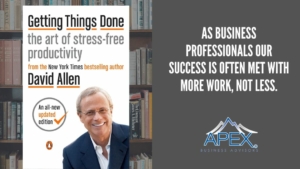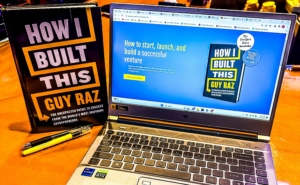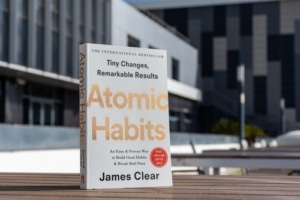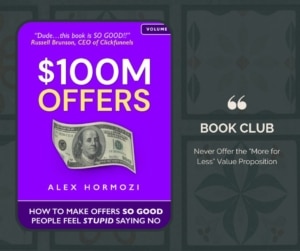Book Club #39: Value Control by Ron Kleier
 If the author’s name sounds familiar, it’s not a mistake. Ron Kleier is a familiar face around the Apex Business Advisors offices and we’re pleased to be featuring his book, Value Control: Selling Your Business for the Best Price and Terms Using the Controlled Auction Process.
If the author’s name sounds familiar, it’s not a mistake. Ron Kleier is a familiar face around the Apex Business Advisors offices and we’re pleased to be featuring his book, Value Control: Selling Your Business for the Best Price and Terms Using the Controlled Auction Process.
It’s a mouthful of a title, and we’ve addressed controlled auctions in a previous article. The real value of Ron’s book is to orient first-time sellers to some general and specific things to keep in mind as you prepare to sell a business. Each chapter even features “key takeaways” so that you can use the text as a workbook to get your business ready to sell.
Important Points
The text isn’t long. You can get through it in half an afternoon (slightly longer if you are making notes about your business along the way) so there’s no need for us to cover everything in the book. Here are some points Ron makes that we never tire of talking about:
- Selling a business is one of the most emotional things you will ever go through, even if you don’t consider yourself an emotional person. But the price has nothing to do with your emotions or what you think your “blood, sweat, and tears” are worth. The market and the bank and the SBA only care about one thing: a professional valuation. That valuation is derived from clean books and tax returns.
- Confidentiality is key. Do not assume the possible behavior of your employees were they to find out about a sale. We’ve seen this lesson ignored too many times to count and the overwhelming majority of the time, it means a business doesn’t sell.
- Don’t try to time the market. While you want to sell when the business is flourishing and the economy and industry are doing well, don’t wait for those conditions if you’re ready to sell. Sell when you’re ready, not when you hope the market will match your readiness.
- You might be ready to go to Bora Bora, but buyers can sometimes be spooked by a seller who wants to turn over the keys and never be heard from again. Ensuring a smooth transition, whether that be 9 days, 90 days, or 9 months is peace of mind to a buyer. Put yourself in their shoes.
- Don’t undervalue cultural fit. You should be mentally invested in the business succeeding even when it’s not your concern anymore. You likely have valued team members who will continue on and you might even have a small percentage of the sale in a seller note which will come due in a couple of years. The more culturally aligned with a buyer a seller is, the likelier that diligence and closing will go smoothly, and transition and growth will happen even after you’re no longer involved.
Ron being Ron, he also featured some others in the Apex team in the text. Doug Hubler wrote the Foreword and Debbie Small and Valerie Vaughn, among others, offer some stories from the trenches.
If you want some other tips not covered in the book, feel free to reach out and speak to Ron or anyone else on our team.

 Oh, brother, not another book about money!
Oh, brother, not another book about money! The Entrepreneurial Myth, or E-Myth for short, is a term coined by
The Entrepreneurial Myth, or E-Myth for short, is a term coined by 
 Today’s business environment is different from anything studied or reviewed in the modern era because the times and culture we are in are significantly different than any other in the modern era. While trying to stay ahead of the curve of an economy in flux, many business owners have been
Today’s business environment is different from anything studied or reviewed in the modern era because the times and culture we are in are significantly different than any other in the modern era. While trying to stay ahead of the curve of an economy in flux, many business owners have been  Building A Business, Just Like Others Before You
Building A Business, Just Like Others Before You Habits are powerful tools for your personal and professional development. That’s why there are so many books devoted to them. But one has emerged in recent years that helps reframe the discussion around habits to help others succeed with them where they may have previously failed:
Habits are powerful tools for your personal and professional development. That’s why there are so many books devoted to them. But one has emerged in recent years that helps reframe the discussion around habits to help others succeed with them where they may have previously failed:  Even though Jim Collins wrote
Even though Jim Collins wrote  There’s a reason you’ll find Jim Collins books on the shelves of many C-Suite managers: there’s helpful advice and thinking in them, particularly for large, publicly-traded companies. But in recent years some of his books, including
There’s a reason you’ll find Jim Collins books on the shelves of many C-Suite managers: there’s helpful advice and thinking in them, particularly for large, publicly-traded companies. But in recent years some of his books, including  Alex Hormozi begins his short book
Alex Hormozi begins his short book 